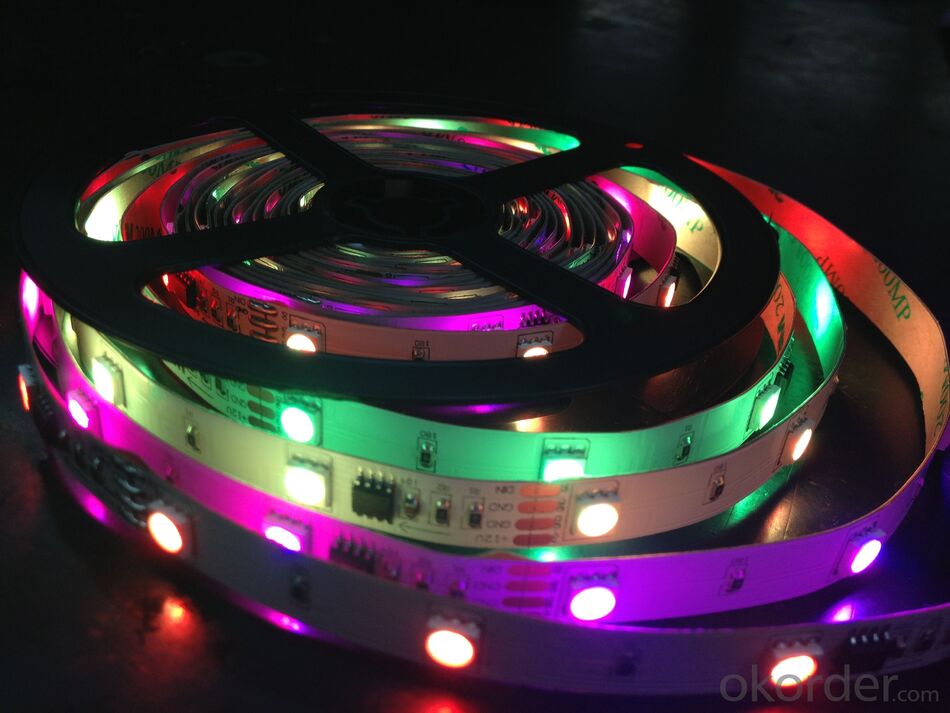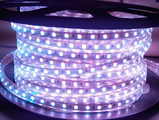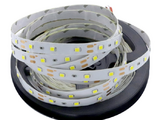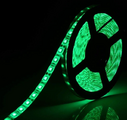Are LED Strip Lights Cost-Effective for Large Projects?
Analyzing the Financial Impact of LED Strip Lighting on Major Ventures
When planning large-scale projects, one crucial factor that often comes into play is cost-effectiveness, particularly concerning lighting solutions. LED strip lights have surged in popularity due to their efficiency and versatility, but are they financially practical for big projects? This exploration will unpack the economics of using LED strip lights in extensive installations, comparing costs and benefits with precision.
Initial Costs vs. Long-Term Savings
The upfront cost of LED strip lights might appear higher than traditional lighting options. For example, the average cost per meter of LED strip can range from $2 to $15, depending on the specifications and quality required. However, focusing solely on initial expenses misses the bigger financial picture.
LED lights consume significantly less power than conventional bulbs. Specifically, LED strips typically use about 10 watts per meter, which is drastically lower than the 60 watts used by equivalent incandescent lighting. Over time, this lower energy consumption translates to substantial savings in electricity bills. For a large-scale project, reducing the wattage per meter from 60 to 10 can lead to saving thousands of dollars annually, depending on the total length of the lighting installed.
Durability Reduces Replacement Costs
LEDs boast an impressive lifespan—often up to 25,000 hours or more—which is about 25 times longer than their incandescent counterparts. For large projects, the long lifespan of LEDs means that the frequency and costs associated with replacements are significantly reduced. Fewer replacements not only lower direct costs but also decrease maintenance labor expenses.

Flexibility Enhances Cost Efficiency
LED strip lights offer unmatched flexibility, making them ideal for tailored lighting applications. This adaptability ensures that the lighting perfectly fits the spatial requirements, thereby minimizing wastage and optimizing light usage. Whether it's accent lighting in a hotel or task lighting in an office building, LED strips can be customized to lengths that precisely match the needs of any project, ensuring that every watt of electricity is used effectively.
Government Incentives and Rebates
Many regions offer incentives for using energy-efficient technologies. These financial incentives can offset the initial higher costs of purchasing LED strip lights. Rebates and tax credits can reduce the effective price of LEDs, making them an even more attractive option for large-scale projects.
Exploring Wholesale Options
For businesses or contractors tackling large projects, purchasing LED strip lights through a wholesale channel is a strategic move. Buying in bulk typically secures a lower price per unit. Interested parties should consider LED Strip Light Wholesale options to maximize their budget. Check out this LED Strip Light Wholesale link for potential savings and bulk purchase benefits.
Conclusion: LEDs are a Smart Choice for Big Projects
When all factors are considered—initial investment, energy savings, longevity, flexibility, and available incentives—LED strip lights stand out as a financially sound choice for large-scale projects. They not only offer significant cost savings in the long run but also contribute to environmental sustainability. For project planners and financial analysts in construction and design industries, LED lighting is not just an option; it's a smart investment in the future of their projects.





